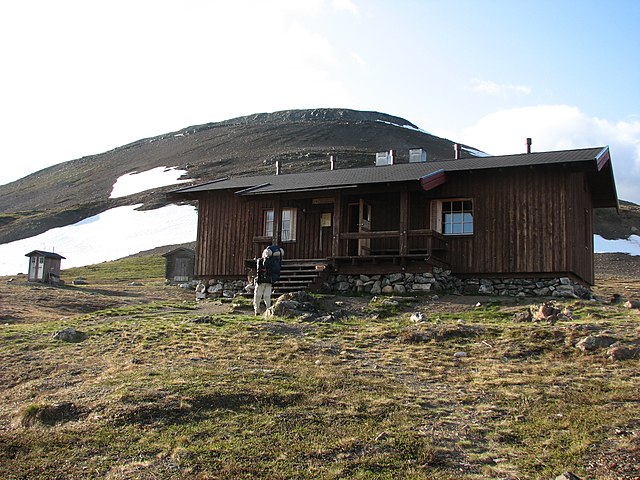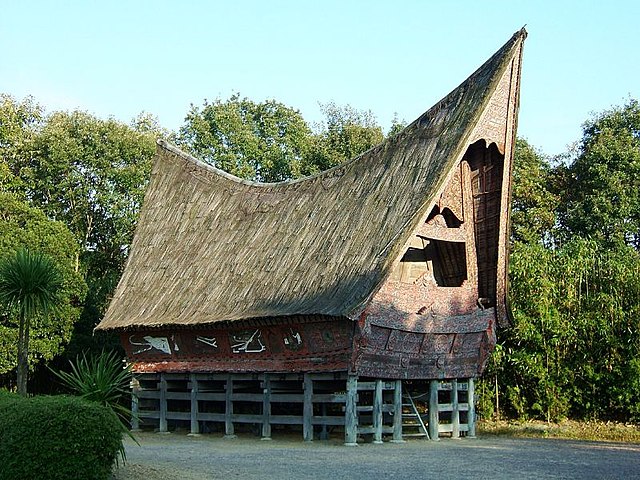A hut is a small dwelling, which may be constructed of various local materials. Huts are a type of vernacular architecture because they are built of readily available materials such as wood, snow, ice, stone, grass, palm leaves, branches, clay, hides, fabric, or mud using techniques passed down through the generations.
Huts and a larger building in the form of burial urns at the museum at the Baths of Diocletian in Rome, Italy. Image: Sailko
A mountain hut in Enontekiö, Finland.
Chozo in Extremadura, Spain.
Hut in a village of Tebat Karai District
Vernacular architecture is building done outside any academic tradition, and without professional guidance. It is not a particular architectural movement or style, but rather a broad category, encompassing a wide range and variety of building types, with differing methods of construction, from around the world, both historical and extant and classical and modern. Vernacular architecture constitutes 95% of the world's built environment, as estimated in 1995 by Amos Rapoport, as measured against the small percentage of new buildings every year designed by architects and built by engineers.
Minangkabau architecture from West Sumatra, Indonesia, inspired by the shape of a buffalo horn
English vernacular building, 16th-century half-timbering and later buildings, in the village of Lavenham, Suffolk
A pair of single 1920s shotgun houses in the Campground Historic District of Mobile, Alabama
A traditional Batak house, Indonesia, in ancient Austronesian architectural style








